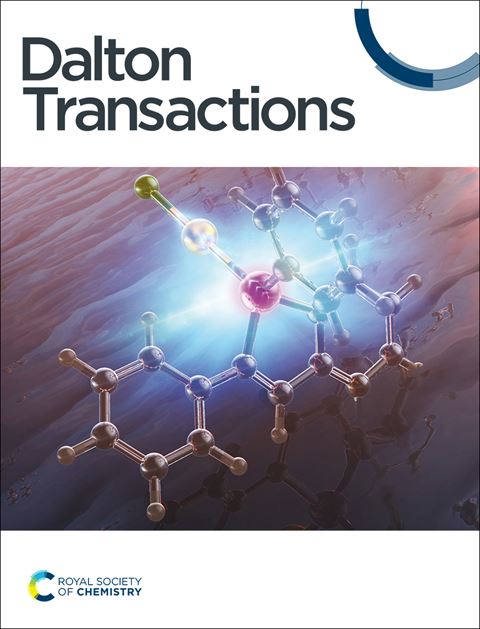用于可持续农业的有害农药纳米传感器和纳米肥料:碳量子点的贡献
IF 3.5
3区 化学
Q2 CHEMISTRY, INORGANIC & NUCLEAR
引用次数: 0
摘要
全球人口的不断增长威胁着粮食安全,因此必须采取可持续的农业做法。集约化农业导致农药和化肥的过度使用,污染了土壤和水源,造成了环境的破坏。农药残留进入食物链,造成严重的健康风险,如神经毒性、基因突变,以及阿尔茨海默病、帕金森病、糖尿病等疾病。传统的检测方法昂贵、复杂、耗时,不适合现场检测,而且大多不环保。基于荧光的纳米生物传感器,特别是碳量子点(CQDs),由于其高灵敏度、生物相容性、低毒性和光稳定性,为检测农药和除草剂提供了一个很有前途的替代方案。除了感官应用外,CQDs还可以作为传统化肥的替代品用于作物生产。基于cqds的纳米肥料改善养分吸收,促进植物生长,提高对环境胁迫的抵抗力。本文综述了CQDs在各种合成技术及其在纳米传感器和纳米肥料中的应用方面的主要进展。本文章由计算机程序翻译,如有差异,请以英文原文为准。
Nanosensors for hazardous pesticides and nanofertilizers for sustainable agricultural: Contribution of carbon quantum dots
The increasing global population threatens food security, necessitating sustainable agricultural practices. Intensive farming has led to the excessive use of pesticides and fertilizers, contaminating soil and water sources causing the impairment of the environment. Pesticide residues enter the food chain, posing serious health risks like neurotoxicity, genetic mutations, and diseases such as Alzheimer's, Parkinson's, diabetes, etc. Conventional detection methods are costly, complex, time- consuming, unsuitable for onsite detection, and mostly are not eco-friendly. Fluorescent-based nano-biosensors, particularly carbon quantum dots (CQDs), offer a promising alternative to detect pesticides and herbicides due to their high sensitivity, biocompatibility, low toxicity, and photostability. In addition to its sensory application, CQDs could be used as an alternative to conventional chemical fertilizers for crop production. CQDs-based nano fertilizers improve nutrient absorption, boost plant growth, and increase resistance to environmental stressors. This review will highlight the key advancements of CQDs in terms of various synthetic techniques and their usage as nanosensors and nano fertilizers.
求助全文
通过发布文献求助,成功后即可免费获取论文全文。
去求助
来源期刊

Dalton Transactions
化学-无机化学与核化学
CiteScore
6.60
自引率
7.50%
发文量
1832
审稿时长
1.5 months
期刊介绍:
Dalton Transactions is a journal for all areas of inorganic chemistry, which encompasses the organometallic, bioinorganic and materials chemistry of the elements, with applications including synthesis, catalysis, energy conversion/storage, electrical devices and medicine. Dalton Transactions welcomes high-quality, original submissions in all of these areas and more, where the advancement of knowledge in inorganic chemistry is significant.
 求助内容:
求助内容: 应助结果提醒方式:
应助结果提醒方式:


